What Are Spill Kits, and What Are Their Applications?
What is a Spill Kit?
A spill kit is a collection of equipment and supplies designed to contain and clean up hazardous material spills, such as chemicals, fuels, oils, and other potentially harmful substances. Spill kits are typically stored in a convenient and accessible location. They can be quickly deployed in the event of a spill to minimize damage to people, property, and the environment.
What Does a Spill Kit Contain?
A typical spill kit may contain items such as absorbent pads, booms, pillows, gloves, safety goggles, a disposal bag and ties, and instructions on safely and effectively cleaning up the spill. The contents of a spill kit can vary depending on the size and type of the spill, as well as the specific requirements of the workplace or facility. It is essential to regularly inspect and replenish spill kits to ensure that they are fully equipped and ready for use in the event of a spill. Additionally, it is recommended that employees receive proper training on using spill kits to ensure safe and effective spill response. Absorbent materials, such as pads, booms, and pillows, are critical components of spill kits as they are used to soak up and contain spilled liquids. Absorbent materials come in various types, including polypropylene, cellulose, and meltblown, each with unique properties and benefits. For example, polypropylene is an effective absorbent for oils and fuels, while cellulose is better suited for aqueous spills.
In addition to absorbent materials, gloves and safety goggles are also essential components of spill kits. When responding to a spill, protecting your skin and eyes from contact with hazardous materials is vital. Disposable gloves made from nitrile, latex, or neoprene are commonly used for this purpose, as they provide a barrier against skin contact and are resistant to punctures and chemicals. Safety goggles protect the eyes from splashes and fumes and should fit securely and comfortably over prescription glasses if necessary.
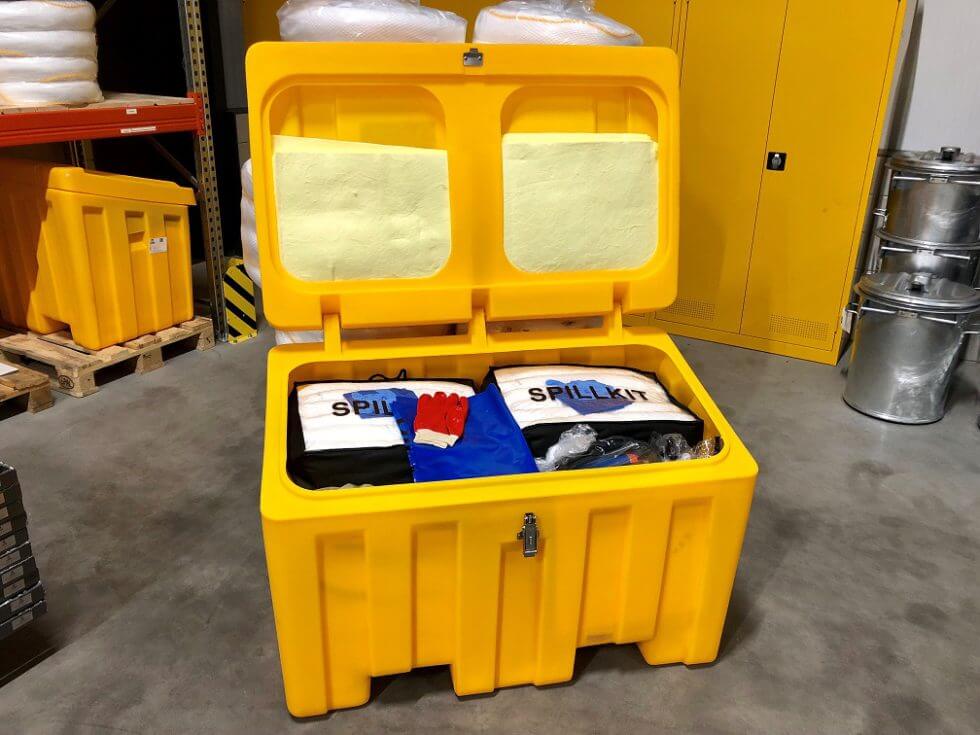
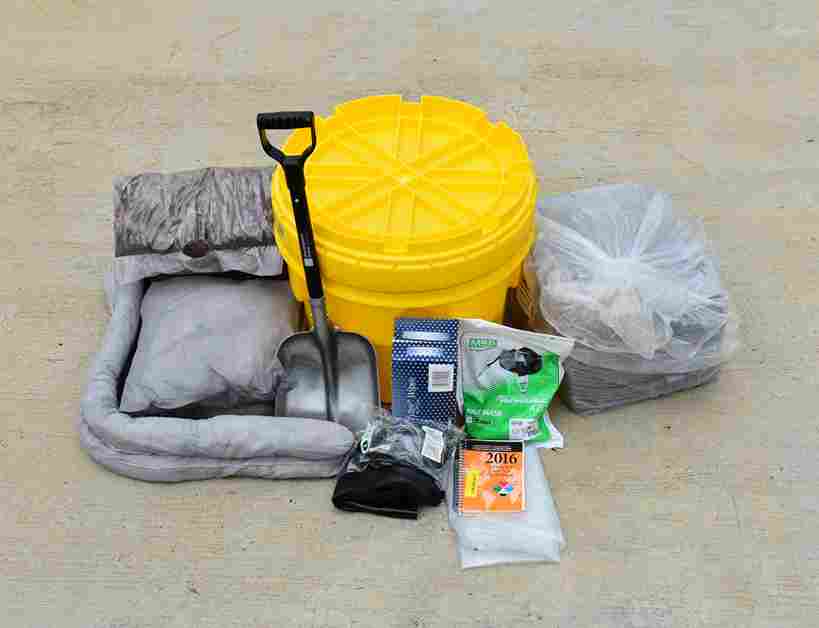
Give us a call for free consultation
Where Are Spill Kits Used?
Spill kits can be used in a variety of settings where there is a risk of hazardous spills, including:
- Industrial and Manufacturing Facilities: These facilities handle and store a wide range of chemicals and other hazardous materials and are, therefore, at high risk for spills. Spill kits are essential for cleaning up spills quickly and safely in these environments.
- Transportation and Logistics: Vehicles and boats carrying hazardous materials are at risk of spills, and spill kits are used to clean up spills that may occur during transport.
- Oil and Gas Industry: This industry handles large volumes of oil and fuels, and spill kits are used to clean up spills that may occur during storage, transportation, or processing.
- Agricultural Operations: Agricultural facilities, such as farms and feedlots, use large amounts of chemicals, fuels, and oils, and spill kits are used to clean up spills that may occur in these facilities.
- Waste Management Facilities: Waste management facilities, such as landfills and recycling centres, handle large volumes of potentially hazardous materials, and spill kits are used to clean up spills that may occur in these facilities.
- Marinas and Boating Facilities: Boats and other vessels may leak fuels and oils into the water, and spill kits are used to clean up these spills and minimize environmental damage.
- Emergency Services: Emergency services, such as fire departments and ambulance services, carry spill kits in their vehicles to respond to spills that may occur while transporting hazardous materials.
- Schools and Universities: Schools and universities often have laboratories and workshops that use chemicals and other hazardous materials. Spill kits are used to clean up spills that may occur in these facilities.
- Government Facilities: Government facilities, such as military bases and federal buildings, may handle and store hazardous materials, and spill kits are used to clean up spills that may occur in these facilities.
Spill kits are essential in all these settings to minimize damage to people, property, and the environment and ensure that spills are cleaned up quickly and effectively.
Where Should Spill Kits Be Stored?
Spill kits should be stored in a convenient and accessible location and be marked with a sign indicating their contents and purpose. In the event of a spill, the spill kit should be quickly deployed to minimize damage to people, property, and the environment. It is essential to regularly inspect and replenish spill kits to ensure that they are fully equipped and ready for use in the event of a spill.
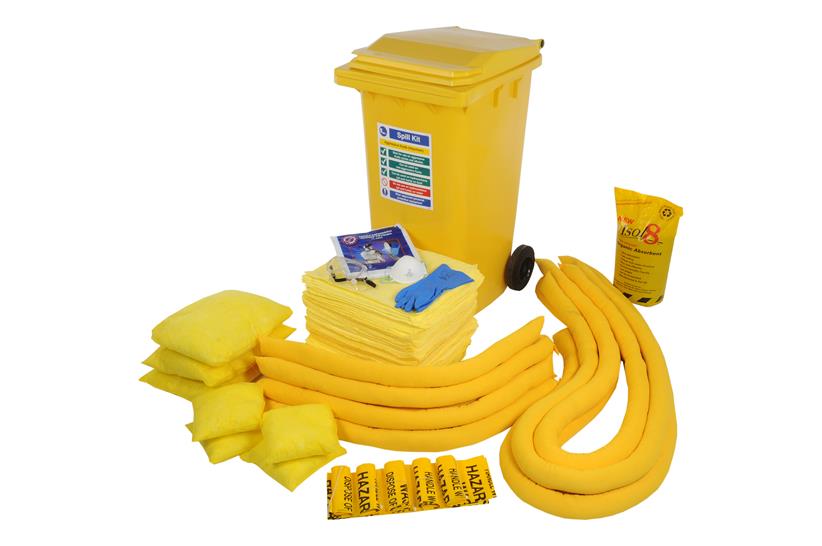
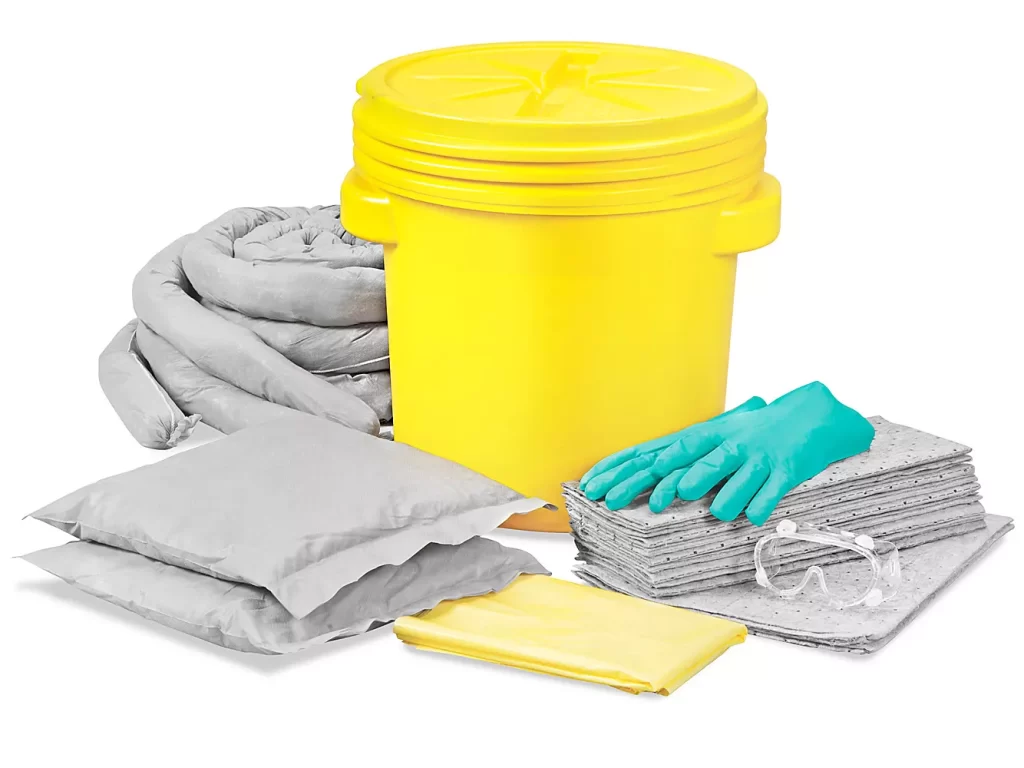
Give us a call for free consultation
Best Practices
When responding to a spill, it is essential to follow established procedures to ensure a safe and effective spill response. The first step is to assess the size and type of the spill and determine the appropriate response based on the specific requirements of the workplace or facility. If the spill is large or poses an immediate danger, it is essential to evacuate the area and call for professional help.
For smaller spills, the following steps should be taken:
- Use personal protective equipment, including gloves and safety goggles.
- Place absorbent materials around the perimeter of the spill to contain it and prevent it from spreading.
- Use additional absorbent materials to soak up the spill, working from the outside to prevent spreading the spill further.
- Collect the contaminated absorbent materials in a disposal bag, tie them securely, and label them as hazardous waste.
- Dispose of the contaminated materials in accordance with local, state, and federal regulations.
It should be noted that different types of spills may require different procedures and equipment, so it is important to have a comprehensive understanding of spill response procedures and to regularly train employees on their use. In addition to having spill kits on hand, it is also essential to have a spill response plan in place. A spill response plan outlines the procedures to be followed in the event of a spill.
What Are the Different Types of Kits?
There are several types of spill kits, each designed to meet specific needs and requirements. Some of the most common types of spill kits include:
- Universal Spill Kits: These kits contain various absorbent materials and supplies that can clean up a wide range of spills, including oils, fuels, chemicals, and water-based liquids.
- Oil-Only Spill Kits: These kits contain absorbent materials that are specifically designed to soak up oil-based spills while repelling water. They are typically used in locations with a risk of oil spills, such as in garages, workshops, and marinas.
- Chemical Spill Kits: These kits contain absorbent materials and supplies designed to clean up chemical spills. They typically include gloves, safety goggles, and instructions for cleaning up different chemicals.
- Hazmat Spill Kits: These kits contain a range of equipment and supplies designed to respond to spills of hazardous materials. They typically include personal protective equipment, absorbent materials, and specialized equipment for cleaning up toxic spills.
- Portable Spill Kits: These are smaller, compact spill kits designed to be easily transported to the site of a spill. They are typically used in vehicles, boats, and other mobile equipment where there is a risk of spills.
- Speciality Spill Kits: These are customized spill kits designed to meet specific requirements and needs. For example, some speciality spill kits are designed for use in cold environments or for cleaning up spills in hard-to-reach areas.
In addition to these spill kits, there are also spill kits designed for specific industries, such as aviation, maritime, and waste management. The type of spill kit most appropriate for a particular workplace or facility will depend on the types of spills that are likely to occur, the size of the facility, and the industry’s specific requirements.
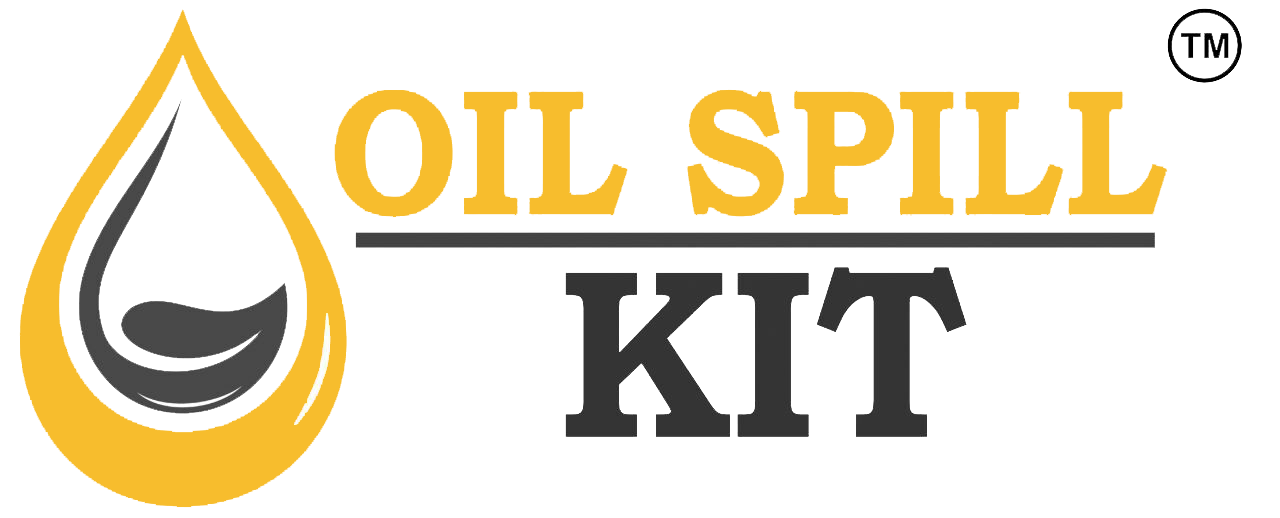
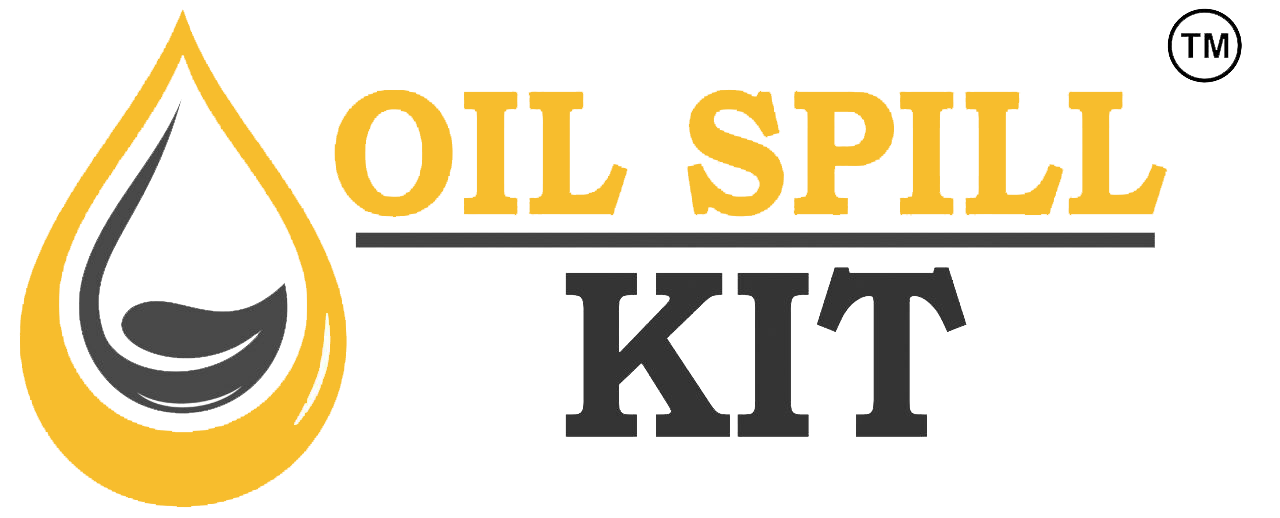
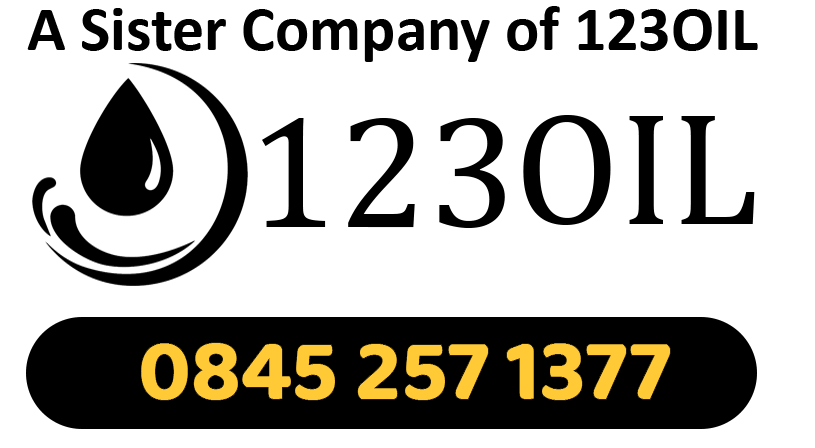


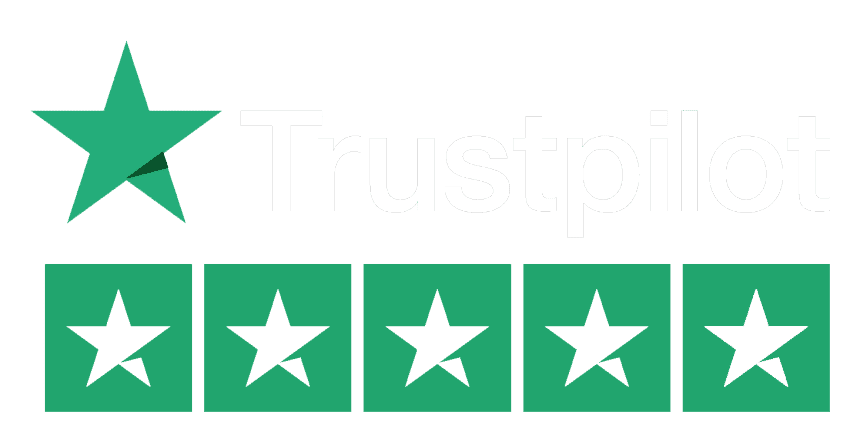


 Home
Home  Checkout
Checkout